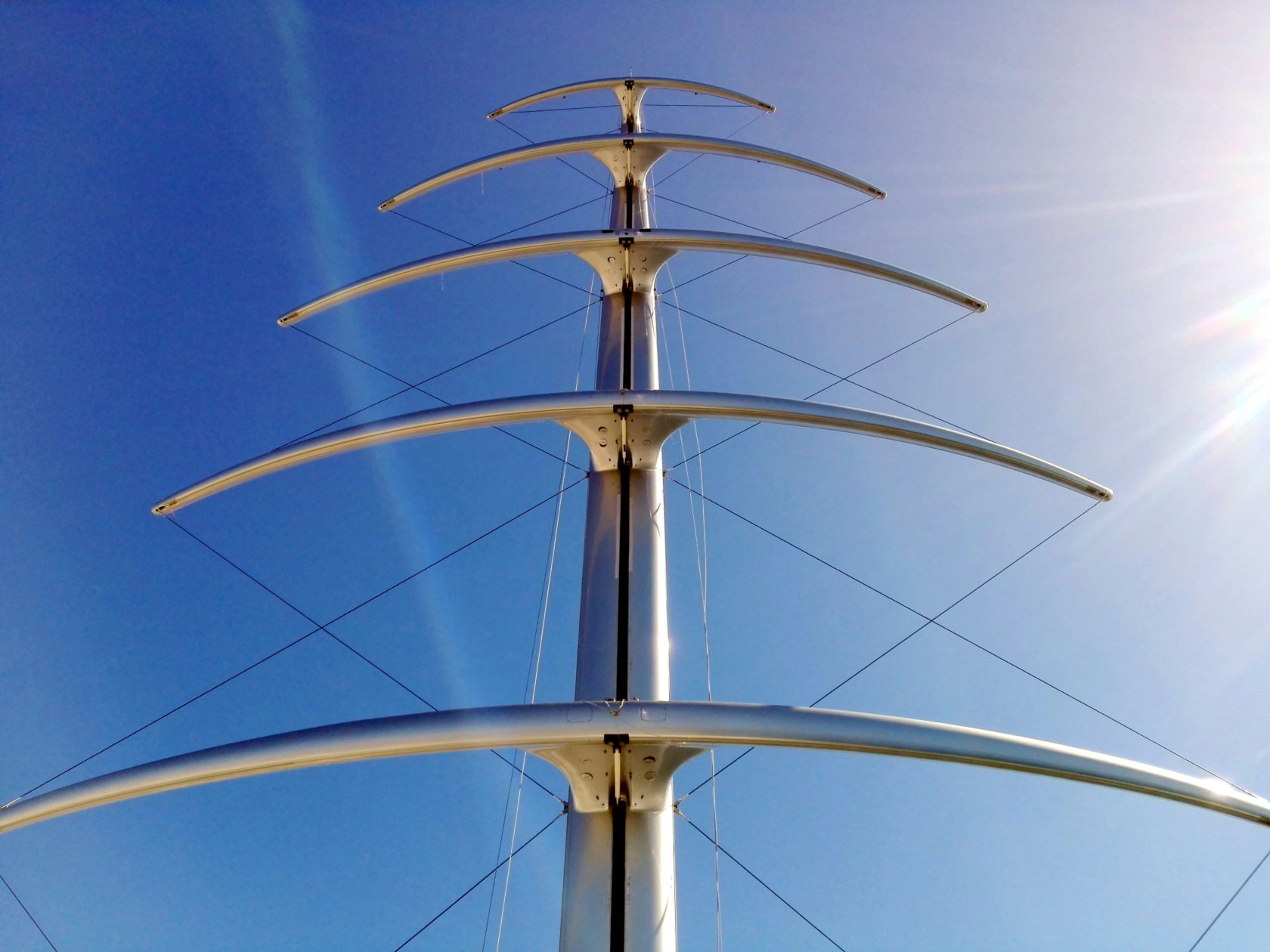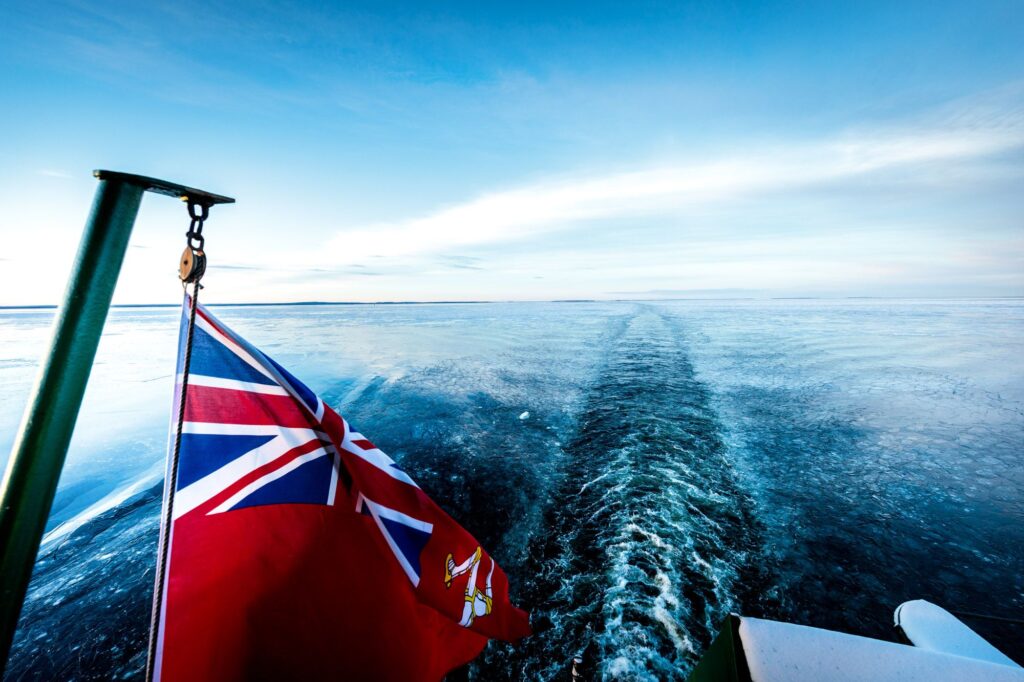VAT Status of Superyachts
There are three basic VAT status elements for superyachts that allow full free circulation throughout the EU. They are as follows:
- Temporary Admission Relief (TAR)
- VAT Paid
- VAT Accounted
1. Yachts under TAR must comply to the following:
a) Be owned by a non-EU entity
b) Be registered with a non-EU Ship Registry
c) The Ultimate Beneficial Owner must be non-EU resident
d) The yacht can only be used by the non-EU Owner and/or their family and for private use only (the only exception here is for yachts chartering in France & Monaco to non-EU residents under the Yachts Engaged in Trade (YET) Scheme
e) The yacht can only stay in the EU for a maximum of 18 months at any one time
2. VAT Paid:
These are yachts that have paid the VAT in accordance with the rules of the EU jurisdiction in which they were acquired or imported. The VAT has not been reclaimed. It is important to note that this VAT Paid status can be lost under the following scenarios:
a) When the yacht leaves EU waters and does not return within 3 years, after which period the Returned Goods Relief will not apply The yacht will need to be reimported and thus the VAT will be payable again on the then market value
b) If the yacht is sold whilst in International Waters or in a non-EU port
There are special rules in place for a yacht that has refit work carried out on it whilst outside the EU.
3. VAT Accounted:
These are yachts such as commercial charter yachts where they have been imported or acquired with the VAT paid but then reclaimed. This payment can either be a book / accounting exercise, an actual payment with a reclaim or an exemption such as the “French Commercial Exemption”.
WHAT EFFECT DOES THE STATUS OF THE YACHT HAVE ON RE-SALE?
1. Yachts under TAR – These yachts must be sold outside EU waters or VAT will be payable on the sale proceeds in the jurisdiction in which the yacht was moored at the time of sale. After the sale has taken place in International Waters, the yacht can return and the new owner then either imports the yacht and pays or accounts for the VAT if they are an EU resident or if they intend to commercially charter the yacht. If the new owner is a non-EU resident then the yacht can return to Europe and continue to sail and operate under TAR.
2. VAT Paid Yachts – These yachts must be sold in an EU port otherwise the VAT paid status will be lost and the buyer cannot claim Returned Goods Relief on return to the EU. The buyer should be provided with an invoice or official document stating that it is VAT Paid along with all original and supporting evidence of the VAT payment.
3. VAT Accounted Yachts – These yachts should be sold in an EU port, with the seller registering for VAT in the jurisdiction in which the sale will take place. VAT will then be payable in that jurisdiction with the buyer either reclaiming the VAT or paying the VAT, thus converting it into a VAT paid yacht. If the buyer is registered for VAT in another EU jurisdiction then the two parties could exchange VAT numbers under the intra-community invoicing procedure, however, the yacht would have to sail to the buyer’s jurisdiction to complete the sale. One final solution is for the buyer to take over the VAT registration of the seller as a transfer of ongoing concern. It must be noted that each EU jurisdiction has slightly different rules for this procedure.
Dominion Marine can assist in arranging and advising on the VAT issues on sales, which includes ensuring that VAT records are fully in place before any sale or possible Customs control.





